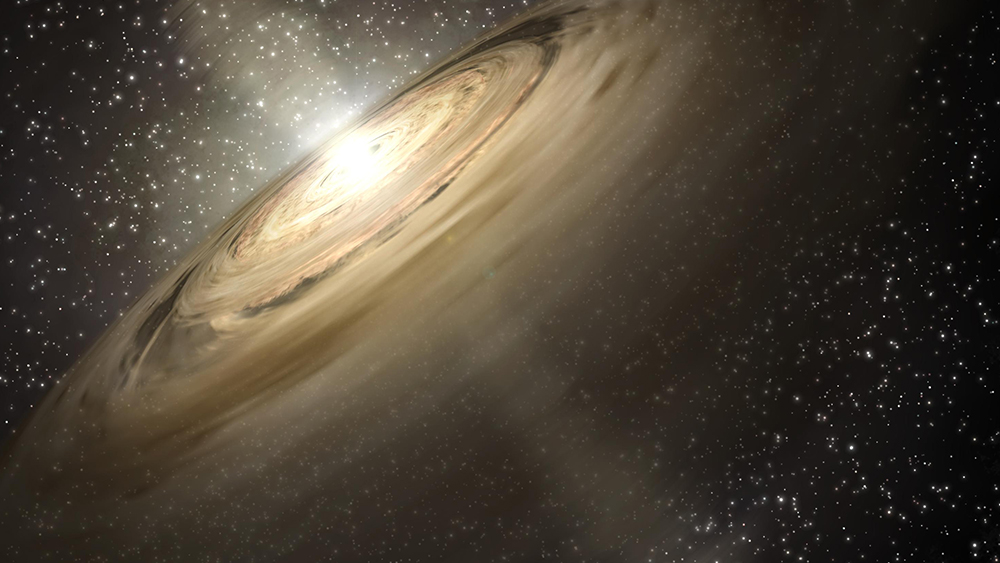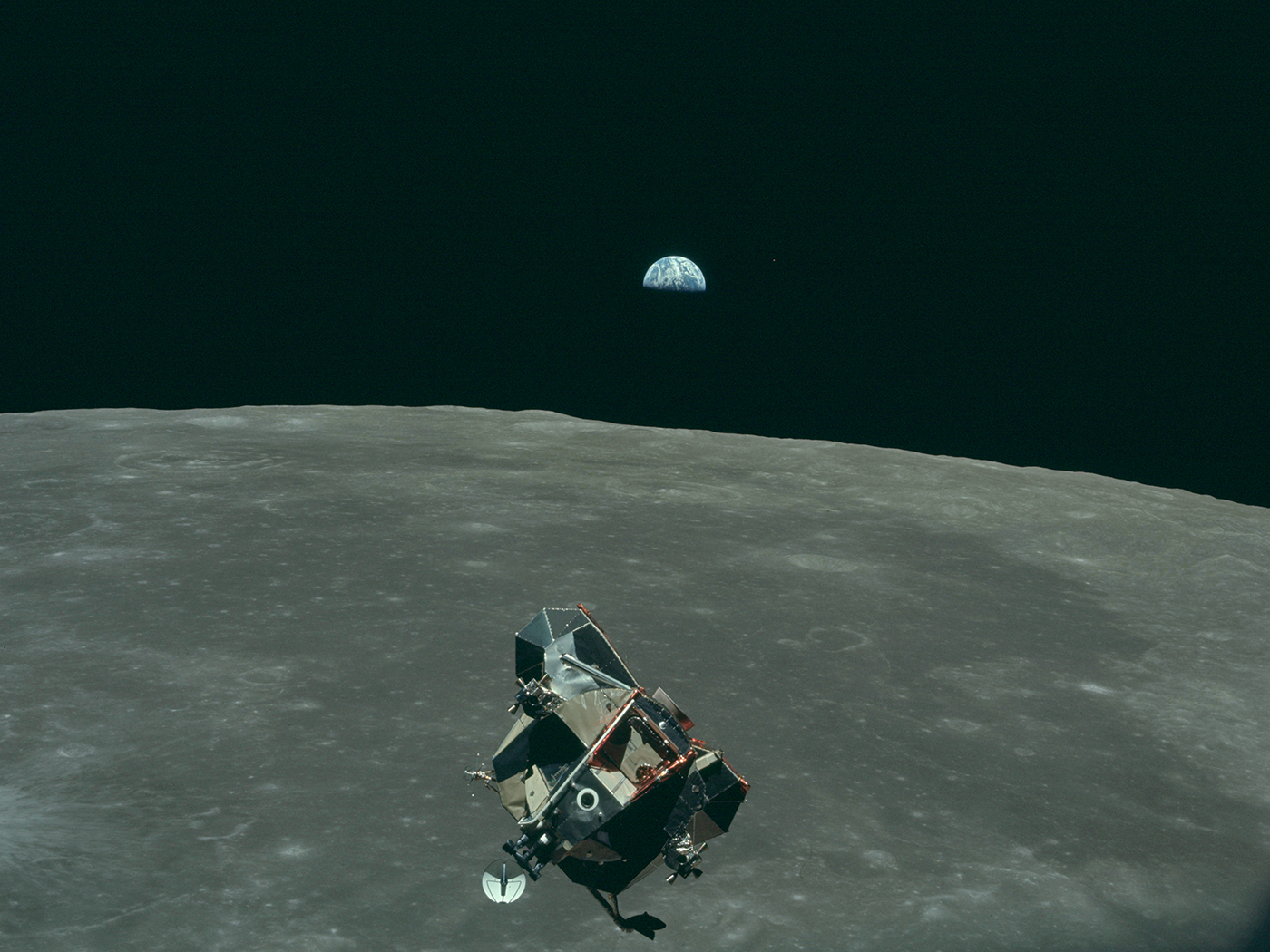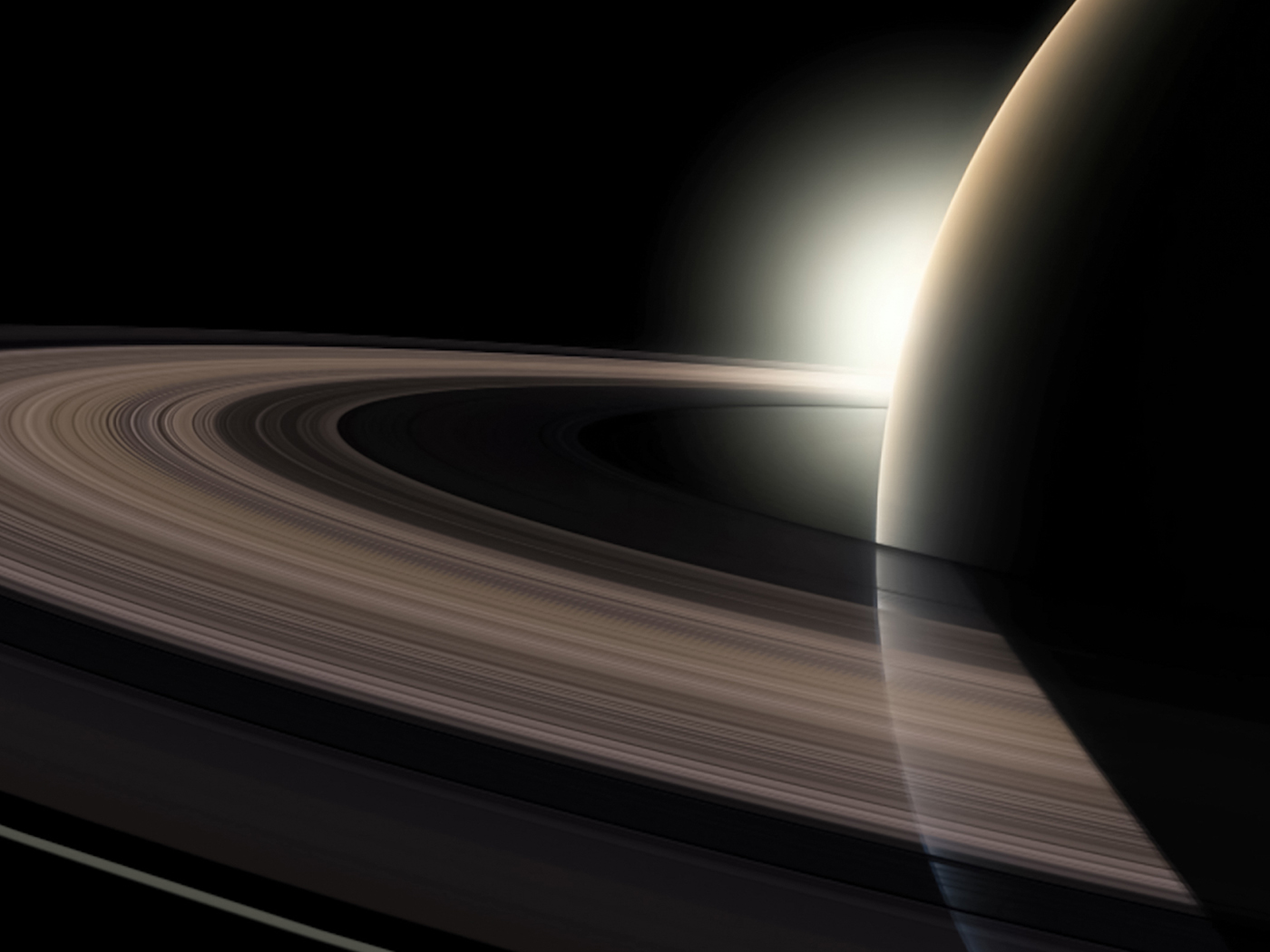Secular scientists claim that stars form “naturally” from enormous clouds of gas and dust. The newly-formed star is thought to be encircled by a thin, slowly-spinning disk of dusty material. Dust particles within the disk are thought to collide and stick together, through a hypothetical process called accretion, somehow forming more massive clumps of matter over vast amounts of time. These clumps become the cores of future planets, and supposedly, the gravitational pulls of these clumps attract still more dust and gas, eventually forming planets. Despite the fact that this nebular hypothesis has become textbook orthodoxy, it has serious problems. Secular astronomers have recently uncovered what may be the biggest problem yet: these dust disks simply don’t have enough material in them to develop into planets!1
A team of astronomers used Chile’s Atacama Large Millimeter Array (ALMA) radio telescope to survey several hundred “young” star systems, thought to be between one and three million years old, surrounded by these dust-particle disks. They then compared the masses of these disks to the total masses of exoplanets around “older” stars of similar size. They found that the disk masses were much less than the total exoplanet masses, sometimes by as much a factor of one hundred. In other words, secular scientists are claiming that exoplanets form from the material in these thin disks, but the disks simply don’t have enough material in them to actually make the exoplanets!
Other astronomers have reported similar findings, but this is the most extensive survey to date. Said lead astronomer Carlo Manara, “I think what this work does is really set this [the masses of the disks] as a fact.”1
Is there any hope of salvaging the secular hypothesis? Some have suggested that perhaps secular scientists are incorrectly assuming that planets form later in the lifetime of a star. The disks would presumably contain sufficient material for planet formation within the first million years of a star’s existence. However, this too is problematic because, based on accretion theory, these early-forming exoplanets are expected to be giant, Jupiter-like planets. Yet most exoplanets have sizes more comparable to that of Earth or Neptune.1
Others have suggested that perhaps the radio telescope, calibrated to detect the smallest dust particles, is simply not detecting larger particles within the disks. Or perhaps, the disks are somehow taking in additional material from interstellar space. But these are only speculations.
Of course, there is another possibility that will likely go unconsidered. Perhaps planets simply don’t form from these disks in the first place! Such disks do surround many stars, but the idea that planets are forming from these disks of material is an assumption, not a scientific observation. In fact, such disks could be the result of destructive processes, rather than constructive ones—a planet pulled apart by gravitational forces would form a debris ring around the host star. In the same manner, a moon pulled apart by such forces would form a debris ring around the host planet.
If confirmed, this will simply be the latest in a long list of problems with the secular story of planet formation. The model violates a fundamental rule of physics called conservation of angular momentum. Secular scientists have long attempted to find ways to “get around” this problem, but no convincing explanation has been found.2 So apparently, the secular model for planet formation may require the violation of not one but two fundamental rules in physics: conservation of mass and conservation of angular momentum!
Likewise, tiny dust particles tend to push each other apart, rather than sticking together. If larger dust particles can never form in the first place, how are larger clumps of material supposed to form?2
Secular scientists think that the nebular hypothesis should explain, not just the origin of the planets in our solar system, but the origin of planets in other star systems, called exoplanets. However, secular scientists were shocked to find that many of these exoplanets completely defy expectations of the nebular hypothesis. According to the nebular model, planets should orbit in the same sense—clockwise or counterclockwise—that the parent star is spinning. Furthermore, they should orbit the star within the plane of the star’s equator. However, some exoplanets orbit backwards, and others have orbits that are highly inclined to their star’s plane.3,4 The inability of the nebular hypothesis to account for the origin of these exoplanets is troubling to secular scientists.
God made the planets, as well as all the other heavenly bodies, on Day 4 of Creation Week. ![]()
Attempting to ascribe the origin of the heavenly bodies to highly theoretical processes that are unsupported by basic physics and observation, consistently leads to failure and frustration.5 Rather, God made the planets, as well as all the other heavenly bodies, on Day 4 (Genesis 1:14-19) of Creation Week.
References
1. Mann, A. Cosmic conundrum: The disks of gas and dust that supposedly form planets don’t seem to have the goods. Posted September 28, 2018 at sciencemag.org, accessed October 2, 2018.
2. Coppedge, D. F. 2008. Nebulous Hypothesis. Acts & Facts. 37 (2): 15.
3. Thomas, B. 2010. Planet Formation Theory Collides with Backward-Orbiting Planets. Creation Science Update. Posted April 27, 2010 at ICR.org, accessed October 2, 2018.
4. Thomas, B. 2011. Exoplanet Discoveries Demolish Planet Formation Theories. Creation Science Update. Posted January 24, 2011 at ICR.org, accessed October 2, 2018.
Stage image: Artist's concept of a younger solar system
Stage image credit: Copyright © 2011. Wikipedia. Used in accordance with federal copyright (fair use doctrine) law. Usage by ICR does not imply endorsement of copyright holder.
Dr. Jake Hebert is Research Associate at the Institute for Creation Research and earned his Ph.D. in physics from the University of Texas at Dallas.
























